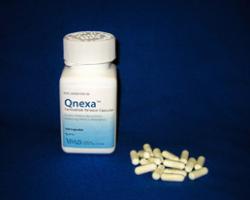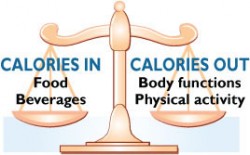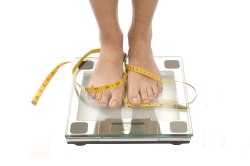Further proof: A woman in Nebraska recently filed a lawsuit against Parkay Spray butter for false advertising. Even though Parkay markets its spray as fat- and calorie-free, an 8-ounce bottle canister contains 832 calories and 93 grams of fat—not what you'd expect if you're pouring the spray over your steamed veggies, which is what the Nebraskan woman copped to doing, admitting that she went through two bottles a week until she realized the truth about her favorite "calorie-free" spray.
Why the deception? Within certain legal bounds, food manufacturers are able to determine the serving size for its products, allowing Parkay to list five meager sprays—not enough to coat a kitchen skillet—as an appropriate amount of spray to use. Most companies are also tight-lipped about how many calories are actually in "zero-calorie" foods. Some opt for a disclaimer on the packaging like, "Adds a trivial amount of fat" or "Adds trace calories." Splenda does score points for transparency by providing true calorie counts on its website.
But even if you can't get the whole truth, you can ballpark a food's caloric punch. "If it says zero calories, we know it's going to have somewhere between zero and five calories per serving," says Wendy Bazilian, DrPH, author of The SuperFoodsRx Diet. "Just look at how many servings it has and multiply by 5. That would be the maximum, and that way you can at least get an idea of the full calorie potential."
But the bad news for dieters still remains: There's no such thing as calorie-free food.




